Did you know many plants have extremely high pest-repellant properties? Using these around your garden, home, or even on your body, can keep the biters away- without using harsh chemicals!
Are you someone that just seems to magically attract mosquitoes? Are you tired spraying nose-clogging, eye-watering creams, sprays, and balms onto your skin that swear to keep mosquitoes away for 12 hours but in reality only works for 3 hours? Do you always have something or the other biting your skin? Did you know that the solution to most of your pest-related problems can be solved by some simple gardening changes around your house? It’s true- and most of these plants are either beautiful, or edible, so there’s no excuse not to try these methods!

1. Lemongrass
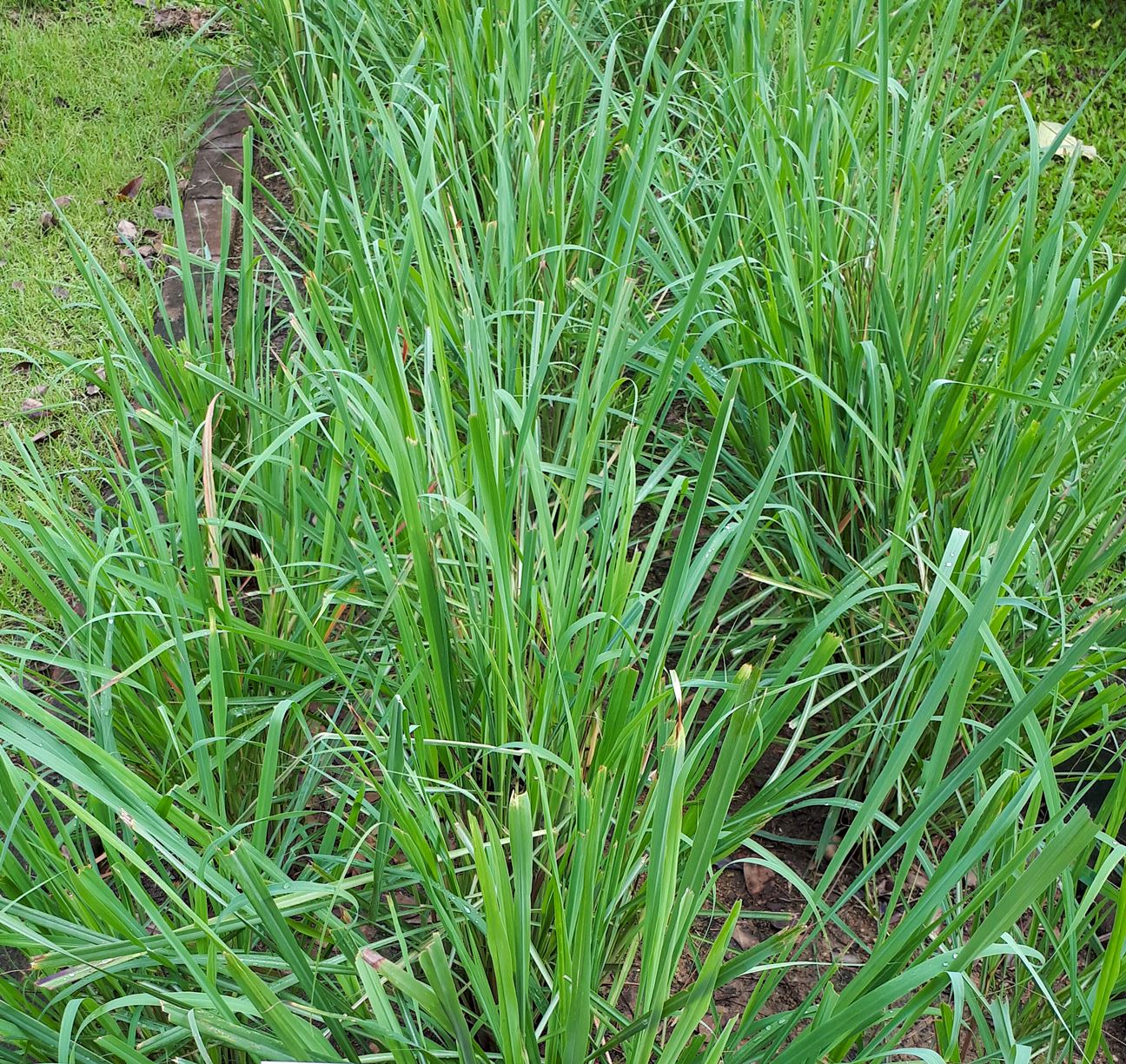
Ideal Temperature: 18º-30ºC
Watering schedule: Once per day/two days in spring and summer, 2-3 times a week during winter.
Sunlight: High
Lemon grass is an all rounder plant for many reasons. It is amazing to cook with, it has anti-fungal properties, it is great for immunity, it has anti-spasmodic properties and is great for muscle cramps and spasms, it can improve blood pressure and circulations- and it can keep mosquitoes away. The slightly citrus scent is a natural mosquito repellant, which is why most organic bug-repellants use lemongrass or citronella oil. You can aim to keep your garden or balcony less prone to mosquito infestations by planting it at the borders. They can multiply fast so the initial investment for one plant will grant results. Lemongrass can even be used directly onto the skin. The plant is safe and actually very healthy for your pets to consume, and can help them with digestion. Many cats and dogs will happily chew on lemongrass after a meal. All in all, is it a must have in any garden setting, whether it’s in a balcony or outdoors.
2. Basil
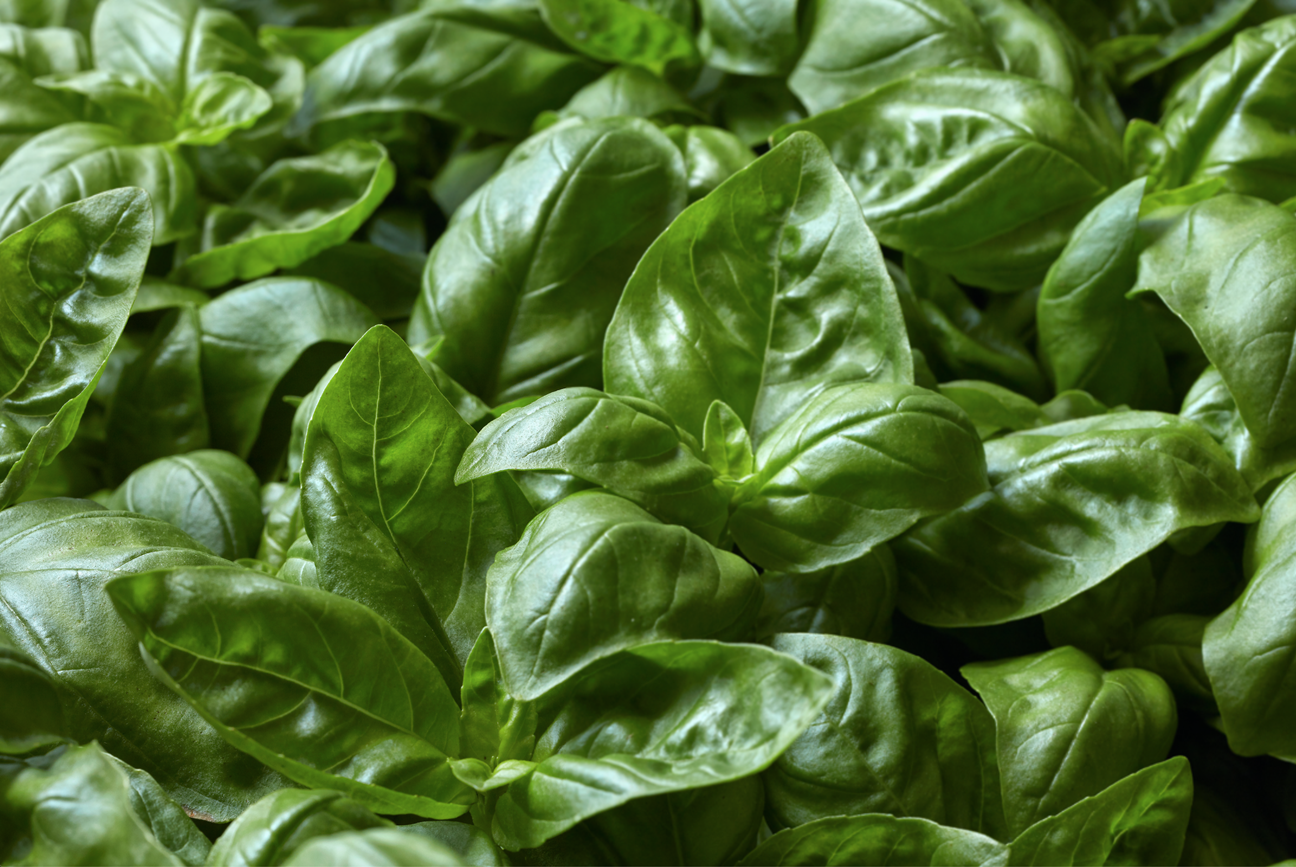
Ideal Temperature: 24º-28ºC
Watering Schedule: Once a week in well drained soil
Sunlight: Medium-High
This may come as a surprise to some but basil is a natural repellant for flies and mosquitoes. Basil contains a compound that is toxic to mosquito larvae and kills them. If you have a water basin or pond in your garden that acts as a breeding spot for mosquitoes, planting basil at the edges will prevent the mosquitoes from laying eggs in the water, and kill the ones that do. Basil has a naturally strong fragrance that can alert the mosquitoes of its presence. Additionally, this fragrance also wards away houseflies! Other benefits include pizza and pesto, which really should be enough to convince you to buy some basil.
3. Marigold
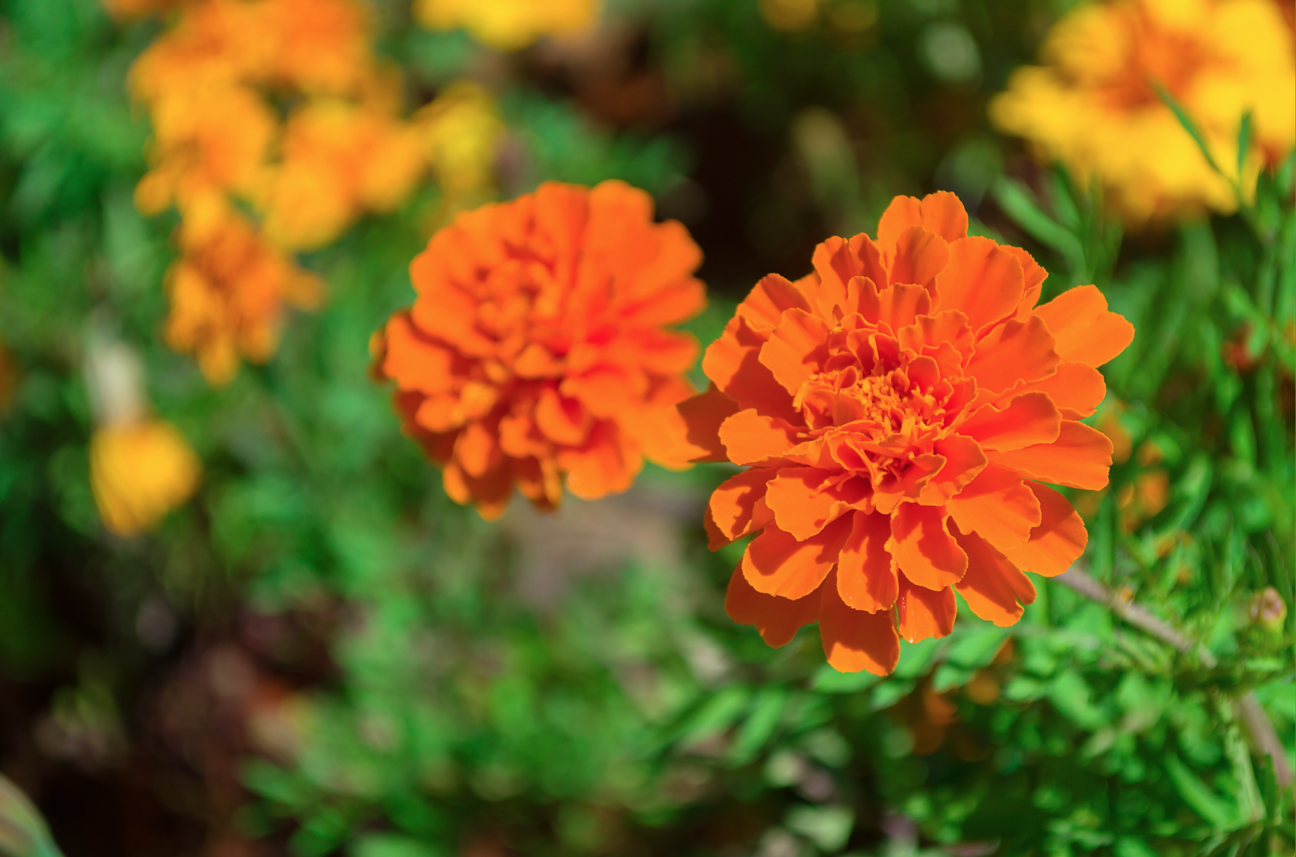
Ideal Temperature: 18º-27ºC
Watering: Once a week in well drained soil
Sunlight: High
Marigold is the most common border for gardens, not only because they are beautiful, but because they are great at keeping mosquitoes and aphids away, but great at attracting butterflies and bees. Marigolds naturally have Pyrethrum, which is used in various industrial insect repellants. Not only does this work great for outdoor gardens, but having potted marigold plants indoors, near your windows and balconies can stop mosquitoes from entering your home. They are extremely easy to grow and maintain. Additionally, they can also be used for salads and herb rice and butters due to their delicate fragrance. This is a great beginner plant to have, whether you’re starting a herb, flower or outdoor garden.
4. Mint
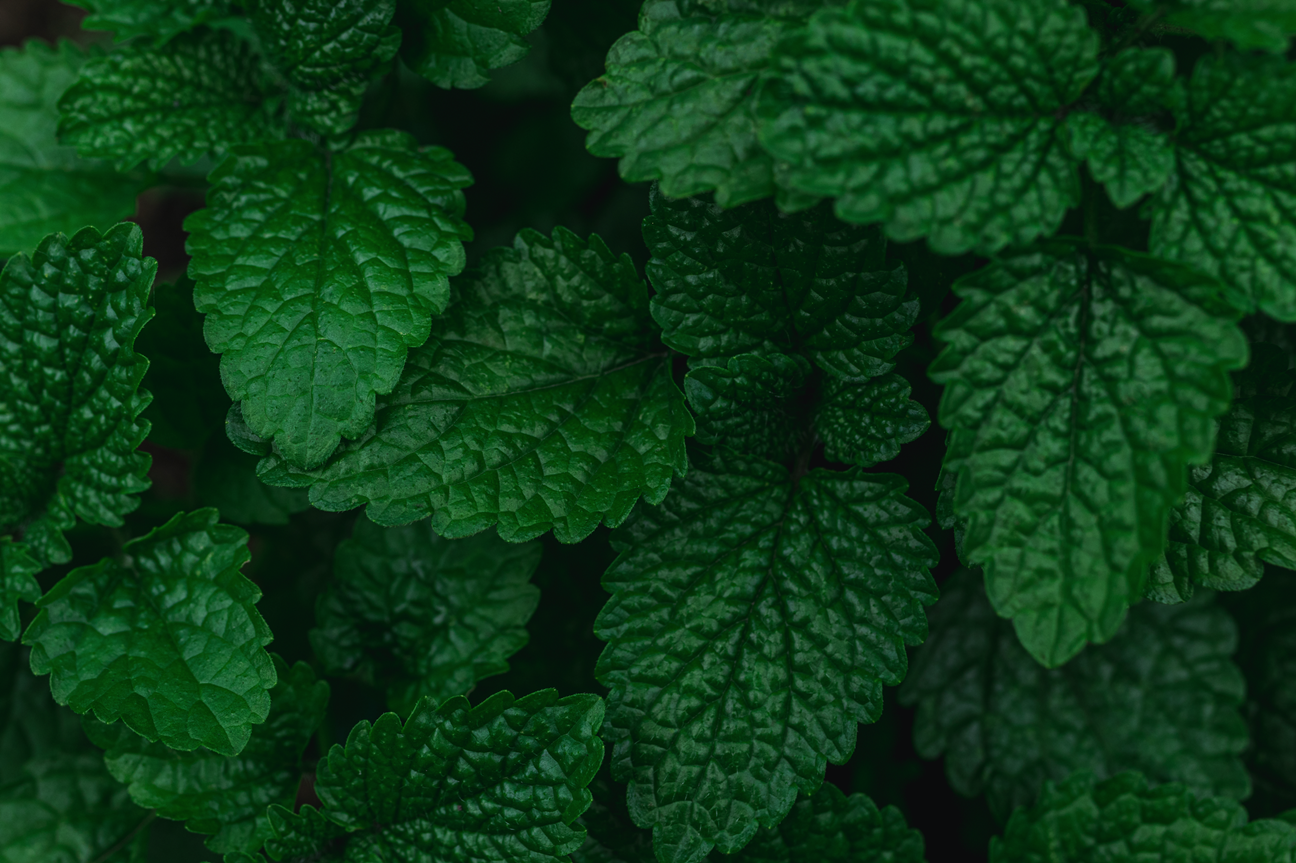
Ideal Temperature: 15º-27ºC
Watering: Once every morning, in well drained soil (can be re-watered if soil feels dry)
Sunlight: Medium-High
Warning: Mint can be quite invasive and take over your garden with their roots, so it is best to keep these as potted plants.
Mint is another all-rounder plant. Great in drinks and food, mint has various digestive, anti-sceptic and cooling properties. However mint and peppermint have very high larvicidal, mosquito, spider and tick repellant properties. Applying some crushed leaves onto your skin can have the effect of keeping them off your body, and planting them around your balcony, windows and ponds can prevent them from entering your surroundings. If in case you have already been bitten, crushed mint leaves can be applied on the spot of the bite to relieve the itching!
5. Rosemary
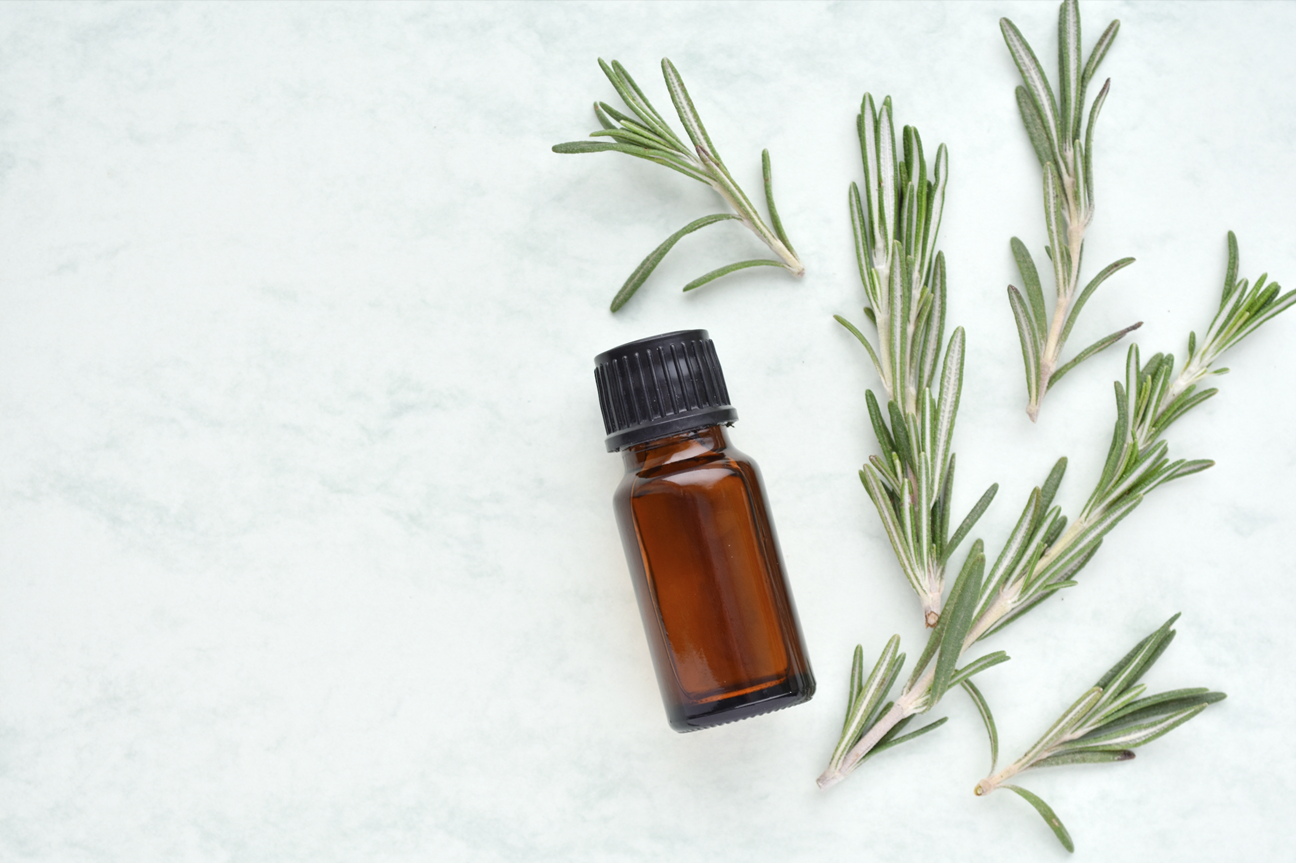
Ideal Temperature: 15º-25ºC
Watering: Once a week (re-water if soil feels dry), in very well drained soil
Sunlight: Medium-High
Rosemary is arguable one of the best tasting herbs out there. For humans. Insects- not so much. Planting rosemary around your vegetable garden can keep aphids, mosquitoes and other garden-harming pests away. However another interesting property of rosemary is that you can burn rosemary to release fragrant smoke that will smoke the mosquitoes out of your garden! If you’re having a bonfire or outdoor barbecue make sure to use some rosemary smoke to ward away these uninvited guests!
6. Lavender

Ideal Temperature: 20º-30ºC
Watering: Once every 2-3 days (re-water if soil feels dry)
Sunlight: Medium-High
Lavender is famous for it’s soothing, calming and sleep-inducing scent. Unknown to most, it is also great at keeping mosquitoes, moths, spiders and other undesirable flying insects away. Surprisingly it attracts butterflies and bees to your garden, which is always a plus! Planting lavender around your home will keep the area generally reduced of pests with its scent wafting around as a natural repellant. Spraying lavender essence on your beds, or just leaving some sprinkled on the sheets can also keep pesky bed-bugs away.
Bonus: You can use some or all of these plants to make sprayable or spreadable insect repellant body products! Here is a recipe for a lemongrass and clove/mint cream-
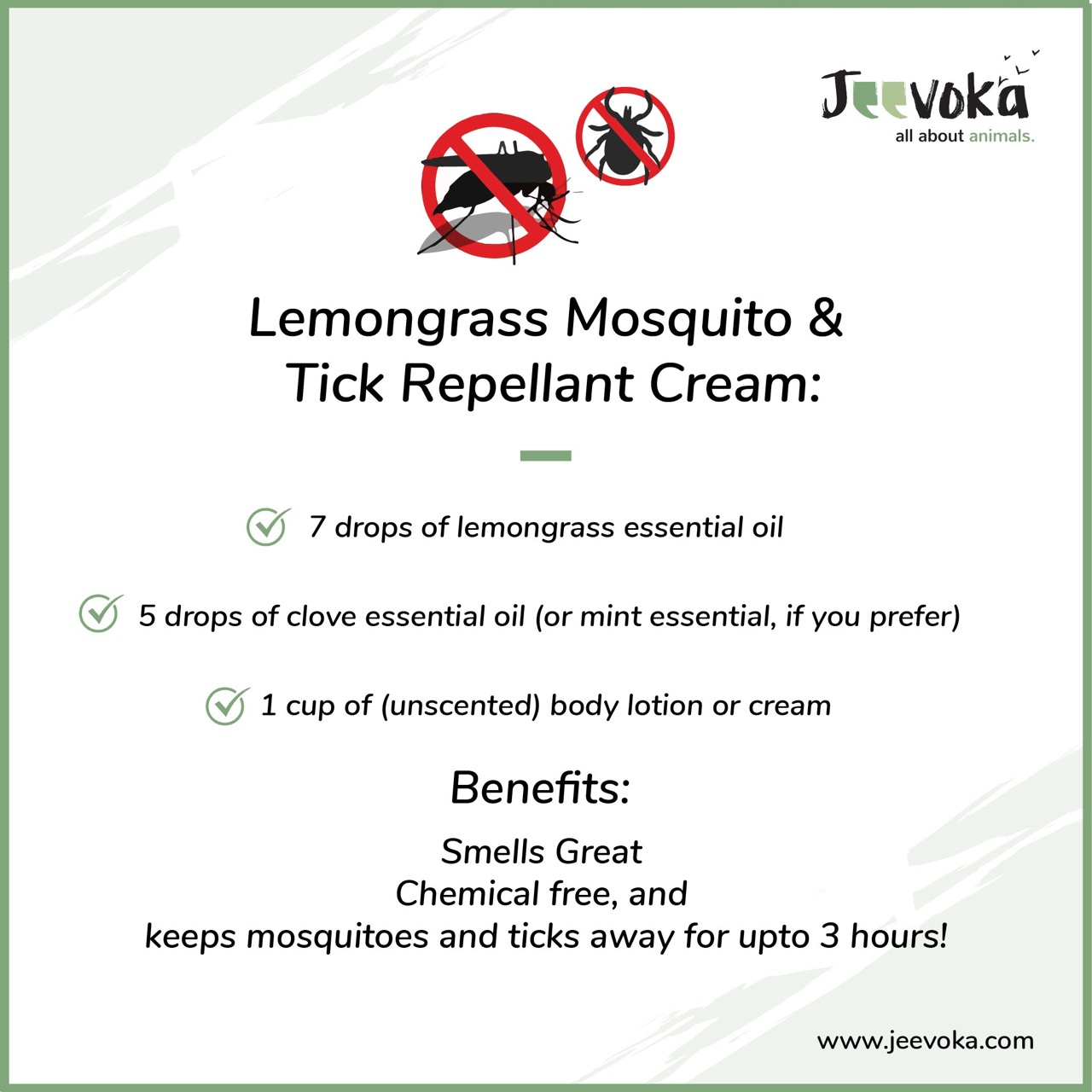
Other than the plants featured on this list, there are so many more natural pest-repellants found in nature. Garlic, catnip, sage, geranium, lemon balm, pennyroyal, and citronella are some other plants that you can have around your garden or strategically placed around your home to stay pesky pest-free!